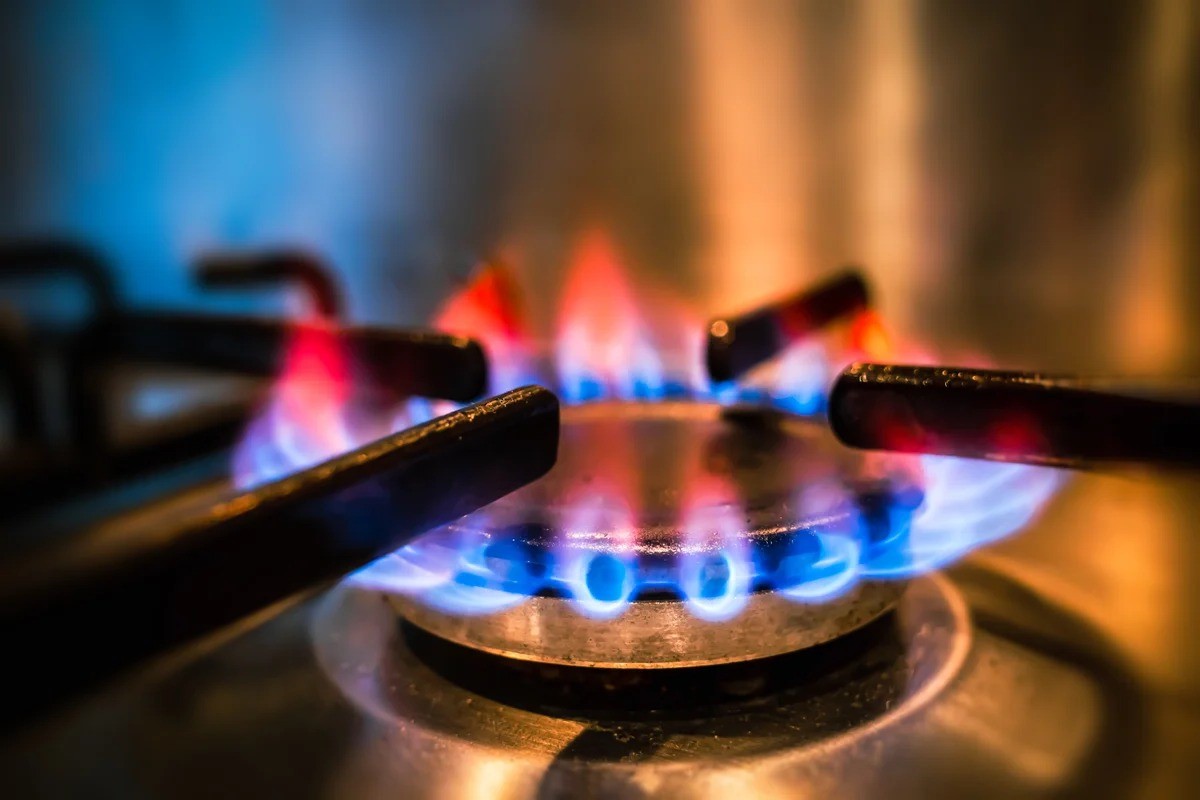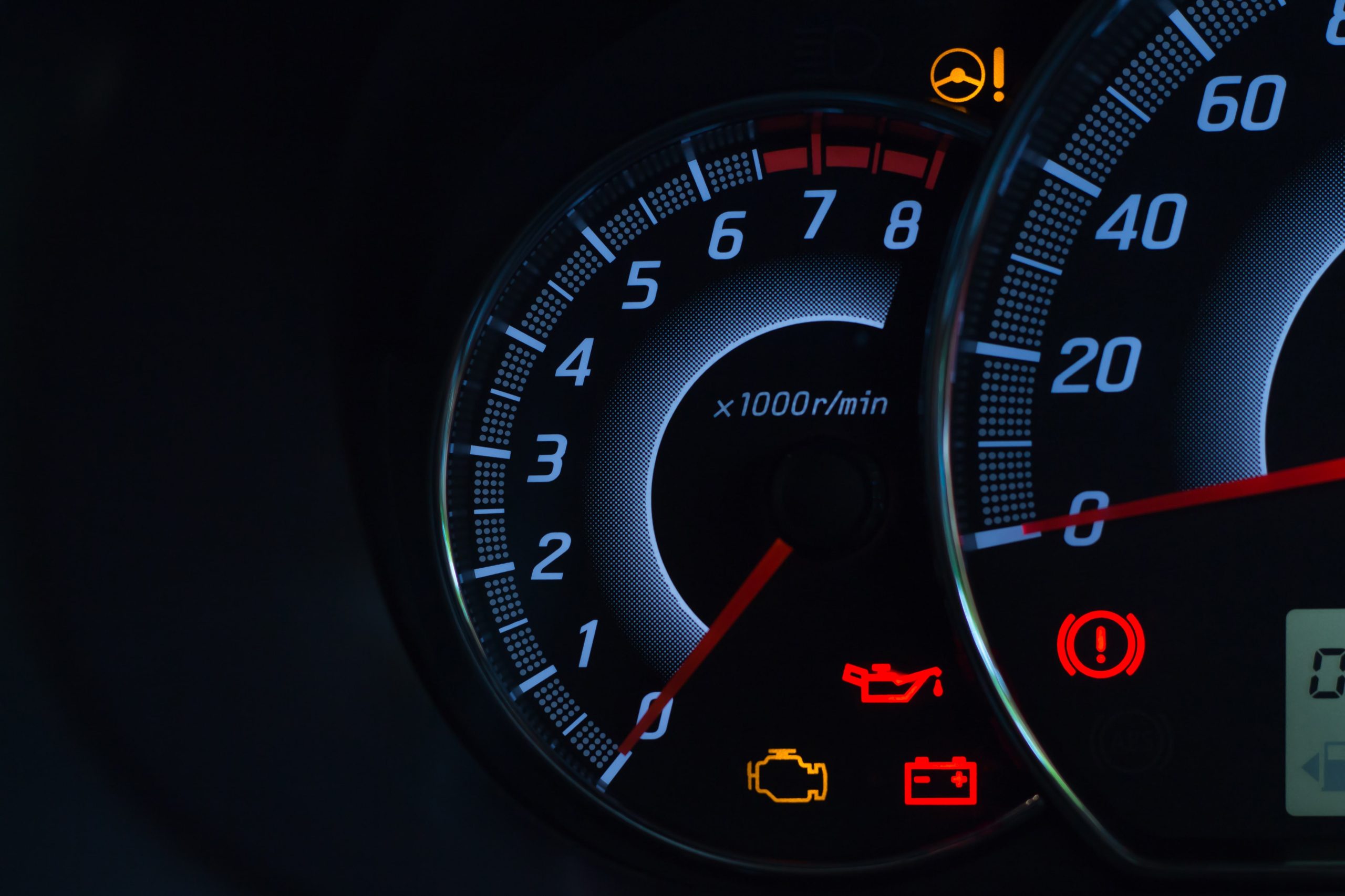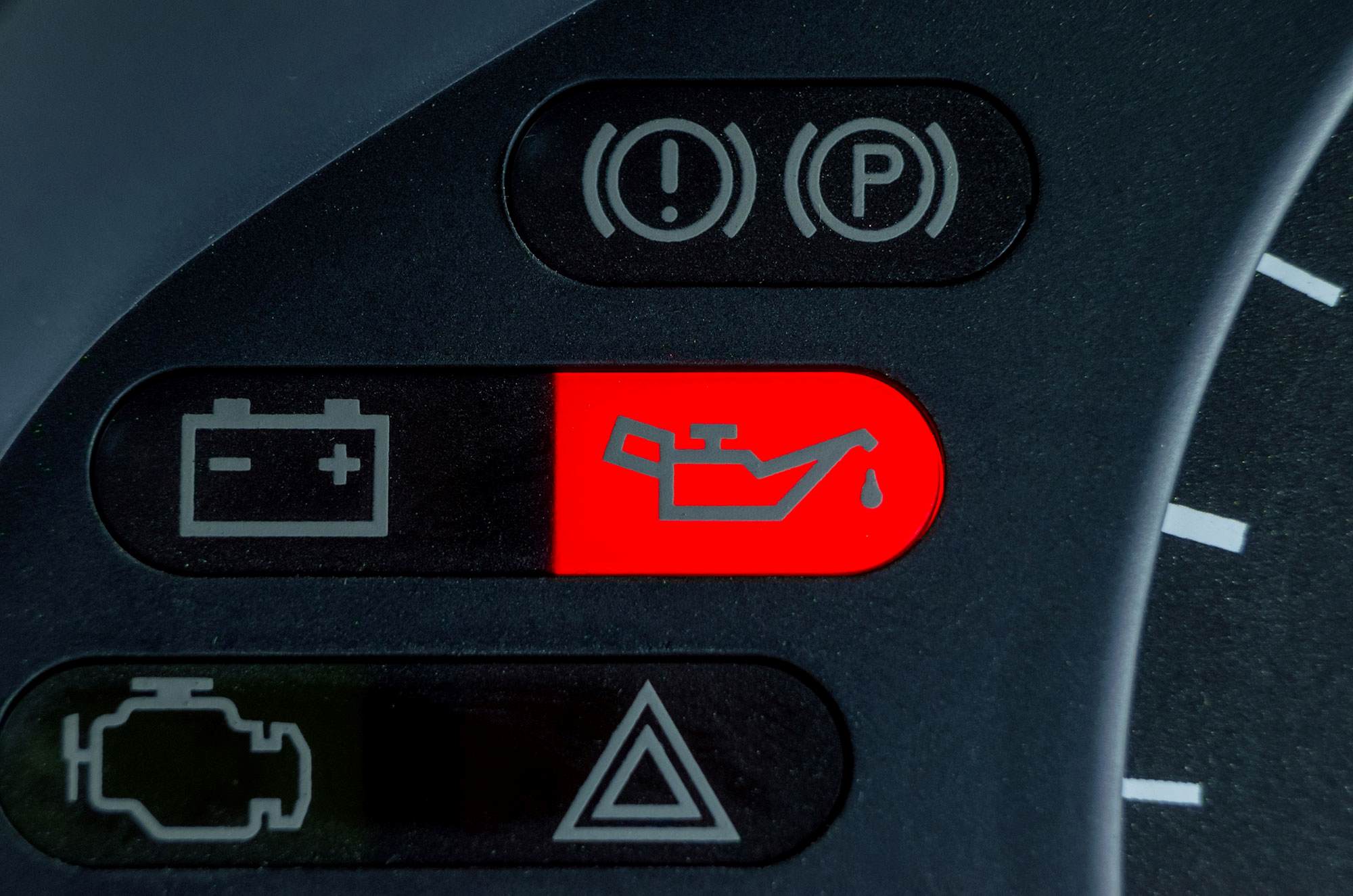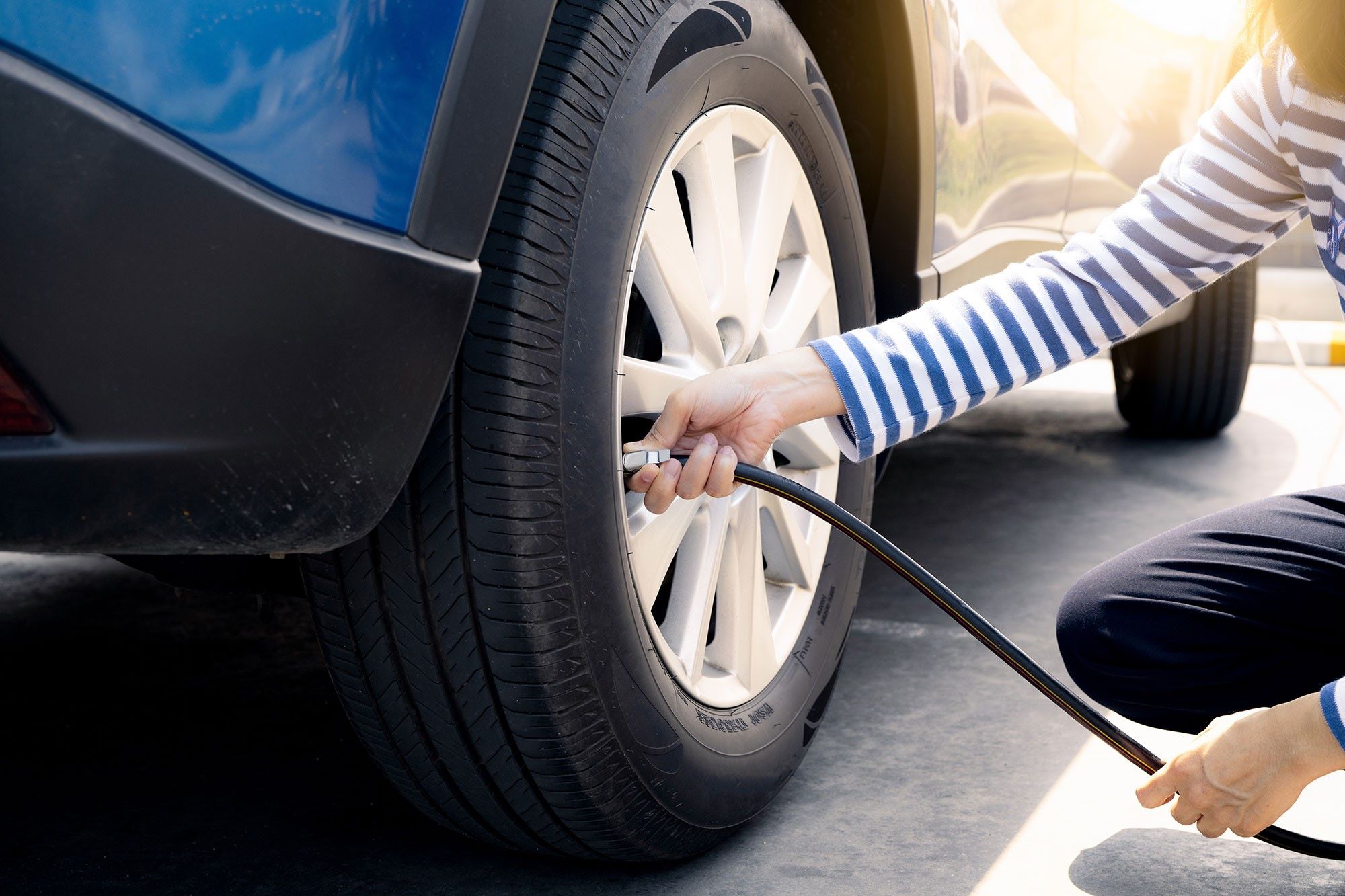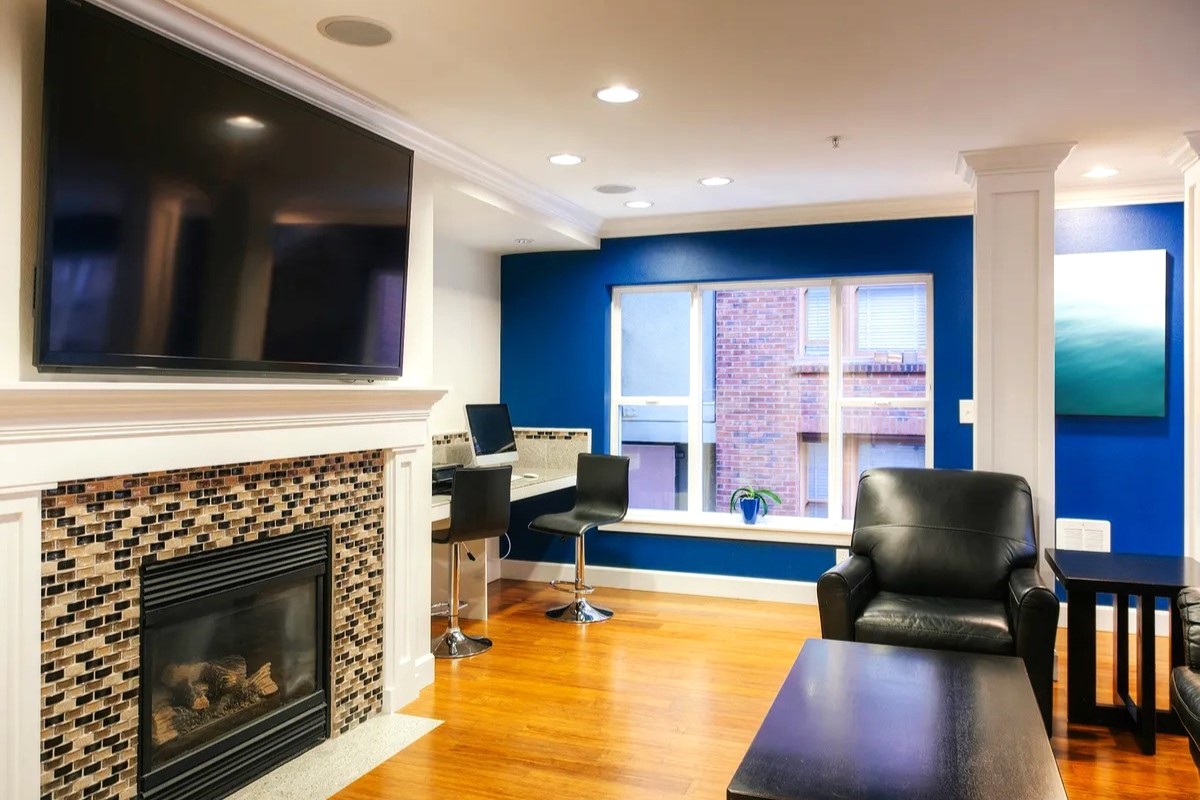Home>Home and Garden>How To Light A Gas Fireplace
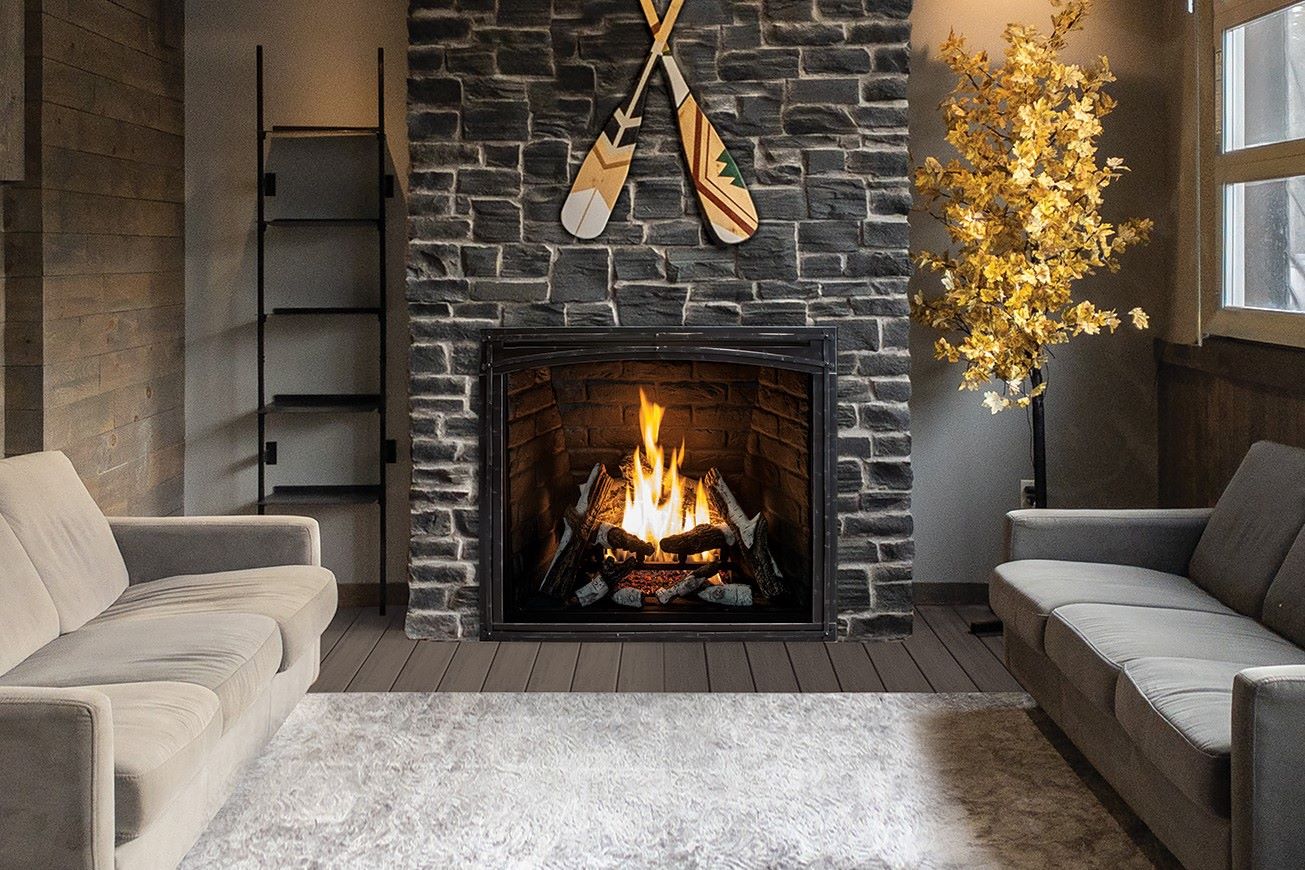

Home and Garden
How To Light A Gas Fireplace
Published: March 4, 2024
Learn how to safely and effectively light a gas fireplace with our comprehensive guide. Create a cozy and inviting atmosphere in your home with these simple steps. Perfect for home and garden enthusiasts.
(Many of the links in this article redirect to a specific reviewed product. Your purchase of these products through affiliate links helps to generate commission for Noodls.com, at no extra cost. Learn more)
Table of Contents
Introduction
A gas fireplace is a wonderful addition to any home, providing warmth, ambiance, and a focal point for gatherings. Whether you're a new homeowner or simply new to gas fireplaces, learning how to properly light and maintain one is essential for both safety and enjoyment. In this comprehensive guide, we will walk you through the step-by-step process of lighting a gas fireplace, along with important safety precautions and maintenance tips to ensure your fireplace remains in top condition.
Gas fireplaces offer the convenience of instant warmth at the flick of a switch or the push of a button, making them a popular choice for homeowners seeking a hassle-free alternative to traditional wood-burning fireplaces. Understanding how to safely and effectively operate a gas fireplace is crucial for maximizing its benefits while minimizing potential hazards.
In the following sections, we will cover everything you need to know, from checking the gas supply and igniting the pilot light to adjusting the flame and properly turning off the gas fireplace. Additionally, we will provide valuable maintenance and cleaning tips to help you keep your gas fireplace functioning optimally for years to come.
By the end of this guide, you will feel confident and empowered to enjoy the warmth and comfort of your gas fireplace, knowing that you have the knowledge and skills to operate and maintain it safely. So, let's dive in and explore the essential steps for lighting and caring for your gas fireplace.
Read more: How To Operate A Gas Fireplace
Safety Precautions
Before lighting a gas fireplace, it's crucial to prioritize safety to prevent accidents and ensure the well-being of everyone in the home. Here are essential safety precautions to keep in mind:
-
Read the Manual: Familiarize yourself with the manufacturer's instructions and safety guidelines provided in the user manual. Each gas fireplace model may have specific requirements and safety measures that should be followed meticulously.
-
Ventilation: Ensure that the area around the gas fireplace is well-ventilated. Proper ventilation is essential for the safe operation of the fireplace, as it allows for the release of combustion by-products, such as carbon monoxide, outside the home.
-
Carbon Monoxide Detector: Install a carbon monoxide detector in the vicinity of the gas fireplace. This device serves as an early warning system, alerting you to the presence of carbon monoxide, a colorless and odorless gas that can be emitted during the combustion process.
-
Clear Surroundings: Keep the area around the gas fireplace clear of any flammable materials, such as curtains, furniture, or paper. Maintaining a clear space around the fireplace minimizes the risk of accidental fires.
-
Childproofing: If there are children in the household, take measures to childproof the gas fireplace. Consider installing a safety screen or gate to prevent accidental contact with the hot glass or flames.
-
Annual Inspection: Schedule an annual inspection of the gas fireplace by a qualified technician. Professional maintenance ensures that the fireplace is in good working condition and helps identify any potential issues early on.
-
Gas Leaks: Familiarize yourself with the smell of natural gas, which is often described as similar to rotten eggs. If you detect a gas odor, immediately turn off the gas supply, ventilate the area, and contact the gas company or a qualified technician to address the issue.
By adhering to these safety precautions, you can enjoy the warmth and comfort of your gas fireplace with peace of mind, knowing that you have taken the necessary steps to prioritize safety for yourself and your loved ones.
Checking the Gas Supply
Before attempting to light a gas fireplace, it is essential to ensure that the gas supply is readily available and functioning properly. This step is crucial for the safe and efficient operation of the fireplace. Here's a detailed guide on checking the gas supply:
-
Inspect the Gas Line: Begin by visually inspecting the gas line that connects to the fireplace. Look for any signs of damage, such as cracks, dents, or corrosion. If any damage is detected, it is imperative to refrain from using the fireplace and to seek the assistance of a qualified technician to address the issue.
-
Turn on the Gas Valve: Locate the gas valve that supplies fuel to the fireplace. The gas valve is typically located adjacent to the fireplace or along the gas line. Ensure that the valve is in the "on" position. If the valve is perpendicular to the gas line, it is in the "off" position. Carefully turn the valve parallel to the gas line to open it and allow gas to flow to the fireplace.
-
Check for Gas Odor: As you turn on the gas valve, pay attention to any unusual odors. Natural gas is odorless, but a distinct sulfur or "rotten egg" smell is added to it to aid in the detection of gas leaks. If you detect this odor, it is crucial to immediately turn off the gas valve, ventilate the area, and seek professional assistance to address the potential gas leak.
-
Test the Ignition: If your gas fireplace is equipped with an electronic ignition system, test the ignition to ensure that it is functioning correctly. Press the ignition switch or button and listen for the sound of the igniter sparking. If the ignition system fails to spark or ignite the gas, refrain from further attempts and have the system inspected by a qualified technician.
-
Verify Gas Pressure: Gas pressure is critical for the proper operation of the fireplace. If you notice any irregularities in the flame, such as a weak or inconsistent burn, it may indicate issues with the gas pressure. In such cases, it is advisable to have a professional technician assess and adjust the gas pressure to ensure optimal performance.
By meticulously checking the gas supply and ensuring that all components are in proper working order, you can proceed with confidence to the next steps of lighting and enjoying your gas fireplace. Remember that any concerns regarding the gas supply or the operation of the fireplace should be addressed by a qualified professional to maintain a safe and functional heating appliance.
Igniting the Pilot Light
The pilot light serves as the ignition source for the gas fireplace, allowing for the safe and efficient lighting of the main burner. Igniting the pilot light is a fundamental step in the process of starting a gas fireplace. Here's a detailed guide on how to ignite the pilot light:
-
Locate the Pilot Assembly: The pilot assembly is typically located within the fireplace, behind a removable access panel. Once you have located the access panel, carefully remove it to reveal the pilot assembly.
-
Set the Control Knob: On the gas control valve, you will find a knob with different settings, including "off," "pilot," and "on." Begin by turning the knob to the "pilot" position. This setting allows gas to flow to the pilot assembly without activating the main burner.
-
Depress the Control Knob: While holding the control knob in the "pilot" position, press the knob in to start the flow of gas to the pilot assembly. This primes the pilot line with gas in preparation for ignition.
-
Ignite the Pilot Light: Once the gas flow is established, use a long-reach lighter or fireplace match to ignite the pilot light. Hold the flame near the pilot assembly while continuing to depress the control knob. As the gas ignites, the pilot light should produce a steady, blue flame.
-
Maintain the Pilot Light: After the pilot light ignites, continue to depress the control knob for approximately 30 seconds to allow the thermocouple, a safety device that detects the presence of a flame, to heat up. This process is essential for ensuring that the pilot light remains lit once the control knob is released.
-
Release the Control Knob: After the thermocouple has had sufficient time to heat up, slowly release the control knob. The pilot light should remain lit, and the gas flow to the pilot assembly should continue uninterrupted.
-
Replace the Access Panel: Once the pilot light is successfully ignited and remains lit, securely replace the access panel to its original position, ensuring that it is properly fastened to maintain the safety and integrity of the fireplace.
By following these steps, you can effectively ignite the pilot light of your gas fireplace, setting the stage for the subsequent activation of the main burner. It is important to exercise caution and patience during this process, as the pilot light plays a critical role in the safe and reliable operation of the gas fireplace. If you encounter any difficulties or if the pilot light fails to remain lit, it is advisable to seek the assistance of a qualified technician to diagnose and address any underlying issues.
Adjusting the Flame
Once the pilot light is successfully ignited, and the main burner of the gas fireplace is activated, it's essential to ensure that the flame is properly adjusted for optimal performance and visual appeal. The appearance and behavior of the flame can provide valuable insights into the functionality of the fireplace, making it important to understand how to make necessary adjustments. Here's a detailed guide on adjusting the flame of a gas fireplace:
Read more: How To Turn On Gas Fireplace
Observing the Flame
Begin by carefully observing the appearance of the flame. A healthy gas fireplace flame should exhibit a steady, blue appearance, indicating efficient combustion. The flame should be relatively consistent in size and shape, with minimal flickering or sputtering. Additionally, the flame should evenly distribute across the burner, creating a uniform and aesthetically pleasing display.
Adjusting the Air Shutter
Many gas fireplaces are equipped with an air shutter, which regulates the airflow to the burner and influences the characteristics of the flame. To adjust the flame, locate the air shutter near the burner assembly. Using a screwdriver, rotate the air shutter to increase or decrease the airflow to the burner. Experiment with small adjustments, observing the impact on the flame with each change.
Modifying the Gas Flow
In some gas fireplaces, the gas flow to the burner can be adjusted to influence the size and intensity of the flame. Refer to the manufacturer's instructions to identify the gas flow control mechanism. Carefully make incremental adjustments to the gas flow, monitoring the resulting changes in the flame's appearance and behavior.
Ensuring Proper Venting
Proper venting is crucial for the safe operation of a gas fireplace. If the flame exhibits signs of excessive sooting, yellow tipping, or irregular patterns, it may indicate issues with venting or combustion. In such cases, it is essential to discontinue use and seek the expertise of a qualified technician to assess and address any venting-related concerns.
Seeking Professional Assistance
If you encounter challenges in adjusting the flame or if the flame displays unusual characteristics despite your efforts, it is advisable to enlist the services of a certified technician. Professional technicians have the expertise and specialized tools to diagnose and rectify issues related to flame adjustment, ensuring that the gas fireplace operates safely and efficiently.
By understanding the nuances of flame adjustment and being attentive to the visual cues provided by the flame, you can fine-tune the performance of your gas fireplace to align with your preferences and ensure its continued functionality. Regular observation and occasional adjustments contribute to the enjoyment and longevity of your gas fireplace, allowing you to savor its warmth and ambiance with confidence.
Turning Off the Gas Fireplace
Properly turning off a gas fireplace is essential for safety, energy conservation, and the longevity of the appliance. Whether you are concluding a cozy evening by the fire or leaving the house, following the correct procedure for shutting down the gas fireplace is crucial. Here's a detailed guide on how to effectively turn off a gas fireplace:
Extinguishing the Main Burner
-
Adjust the Flame: Before turning off the gas supply, it's advisable to reduce the flame to its lowest setting. This can be achieved by adjusting the flame control knob or switch to minimize the gas flow to the burner.
-
Turn Off the Gas: Locate the gas control valve, typically positioned near the fireplace or along the gas line. Carefully turn the valve to the "off" position, perpendicular to the gas line. This action halts the flow of gas to the fireplace, extinguishing the main burner.
-
Wait and Verify: After turning off the gas supply, allow the fireplace to operate for a few minutes to consume any residual gas in the line. This step ensures that the gas is fully depleted from the system.
Piloting Light
-
Pilot Light Control: If your gas fireplace has a separate control for the pilot light, locate the corresponding switch or knob. Turn off the pilot light by following the manufacturer's instructions. This action conserves energy and prevents unnecessary gas consumption when the fireplace is not in use.
-
Safety Inspection: After the main burner and pilot light have been extinguished, take a moment to visually inspect the fireplace and its surroundings. Ensure that no gas odors are present and that the area is free from any unusual sounds or visual anomalies.
Read more: How To Wire A Light Switch
Securing the Fireplace
-
Close the Access Panel: If the gas fireplace features an access panel for the pilot assembly, securely replace the panel to its original position. Properly fasten the panel to maintain the safety and integrity of the fireplace.
-
Childproofing: If there are children in the household, consider implementing additional safety measures, such as installing a safety screen or gate to prevent access to the fireplace when it is not in use.
By diligently following these steps, you can effectively and safely turn off your gas fireplace, ensuring that it remains in optimal condition and ready for future use. Prioritizing the proper shutdown of the fireplace contributes to a secure and efficient home environment, allowing you to enjoy the benefits of your gas fireplace with peace of mind.
Maintenance and Cleaning Tips
Maintaining a gas fireplace in top condition involves regular cleaning and upkeep to ensure its safety, efficiency, and longevity. Here are essential maintenance and cleaning tips to keep your gas fireplace in optimal working order:
Regular Inspection
Regularly inspect the exterior and interior components of the gas fireplace, including the glass doors, logs, burner, and venting system. Look for any signs of wear, corrosion, or debris accumulation. Address any issues promptly to prevent potential hazards and maintain the aesthetic appeal of the fireplace.
Cleaning the Glass
Clean the glass doors of the fireplace using a non-abrasive glass cleaner. Gently remove any soot, residue, or buildup that may have accumulated on the glass surface. Ensure that the glass is completely dry before relighting the fireplace to prevent streaking or smudges.
Read more: How To Turn Off Airbag Light
Dusting and Vacuuming
Dust the exterior surfaces of the fireplace, including the mantel and surrounding areas, using a soft cloth or duster. Vacuum the interior of the fireplace to remove any loose debris, dust, or cobwebs that may have accumulated over time. Be cautious around the pilot assembly and burner to avoid disrupting their positioning.
Professional Inspection
Schedule an annual inspection and maintenance service by a qualified technician. Professional technicians can perform thorough cleaning, assess the functionality of the fireplace, and identify any potential issues that require attention. This proactive approach helps ensure the safe and efficient operation of the gas fireplace.
Ventilation Check
Regularly check the ventilation system to ensure that the venting components are free from obstructions and debris. Proper ventilation is crucial for the safe release of combustion by-products. Additionally, inspect the exterior vent cap to ensure it is clear of any blockages or nesting animals.
Gas Line Inspection
Periodically inspect the gas line and connections for any signs of leaks, damage, or corrosion. If you detect any gas odors or suspect a gas leak, immediately turn off the gas supply, ventilate the area, and seek professional assistance to address the issue.
Read more: How To Light Pilot Light On Water Heater
Professional Cleaning
Consider scheduling professional cleaning services for the gas fireplace, especially if you notice persistent sooting, irregular flame patterns, or operational inefficiencies. Professional cleaners can perform in-depth maintenance, including burner and pilot assembly cleaning, to restore the fireplace to optimal condition.
By incorporating these maintenance and cleaning tips into your routine, you can ensure that your gas fireplace remains a safe, efficient, and visually appealing addition to your home. Regular care and attention contribute to the longevity of the fireplace, allowing you to continue enjoying its warmth and ambiance with confidence.
Conclusion
In conclusion, mastering the art of lighting and maintaining a gas fireplace is not only a practical skill but also a gateway to experiencing the warmth and ambiance it offers. By following the step-by-step process outlined in this guide, homeowners can confidently navigate the intricacies of operating a gas fireplace while prioritizing safety and efficiency.
From the initial checks of the gas supply to the ignition of the pilot light and the adjustment of the flame, each step plays a crucial role in ensuring the smooth and reliable operation of the gas fireplace. Additionally, the emphasis on safety precautions underscores the importance of creating a secure environment for enjoying the benefits of a gas fireplace.
Furthermore, the significance of proper shutdown procedures and the implementation of regular maintenance and cleaning practices cannot be overstated. By adhering to these guidelines, homeowners can safeguard the longevity and performance of their gas fireplace, allowing it to remain a cherished centerpiece in their homes.
It's important to remember that while the process of lighting and maintaining a gas fireplace may seem intricate at first, it becomes second nature with practice. The rewards of a well-maintained gas fireplace extend beyond the physical warmth it provides, encompassing the creation of lasting memories and a cozy atmosphere for gatherings with family and friends.
Ultimately, the journey of mastering a gas fireplace is a blend of technical know-how, attention to detail, and a commitment to safety. By embracing these principles, homeowners can unlock the full potential of their gas fireplace, transforming it into a source of comfort and joy throughout the seasons.
As we conclude this comprehensive guide, it is our hope that readers feel empowered to embark on their gas fireplace journey with confidence, knowing that they possess the knowledge and skills to operate and maintain this beloved home feature. With a commitment to safety, regular maintenance, and a touch of warmth, the gas fireplace becomes not just a functional appliance, but a cherished companion in the home.

